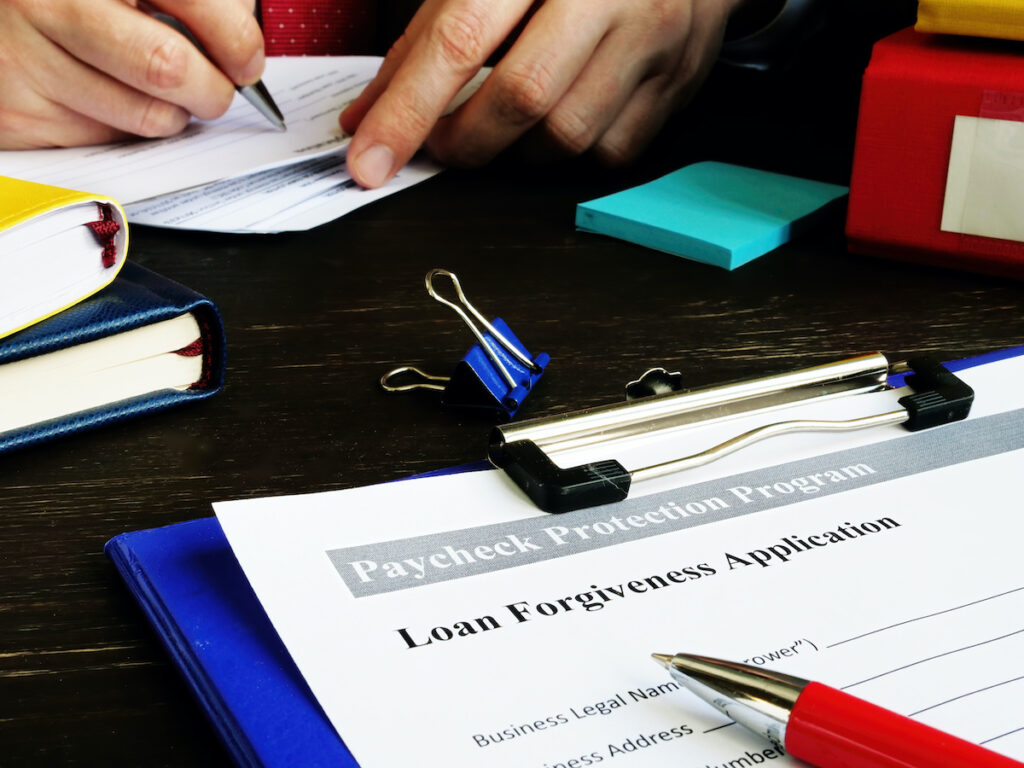Law Amending the Paycheck Protection Program

Effective June 5, Congress amended the Paycheck Protection Program (PPP) through the Paycheck Protection Program Flexibility Act of 2020 (PPPFA). The PPP, enacted as part of the Coronavirus Aid, Relief, and Economic Security Act (CARES Act) on March 27, has experienced significant development through informal guidance and interim final rules issued by the Small Business Administration (SBA) and the U.S. Department of the Treasury. Before the PPPFA, significant changes were made in the May 15 SBA loan forgiveness application as well as related interim final rules published on June 1.
The PPPFA generally expands the PPP in several ways, as outlined here, but also raises some questions on its interaction with existing guidance and rules.
8-week covered period extended to 24 weeks
The PPPFA extends the covered period of a borrower’s loan from eight weeks to 24 weeks. The covered period generally is measured from the date of loan disbursement and is the time over which the three parameters that impact loan forgiveness are measured, as follows:
- The use of funds (payroll costs and non-payroll costs, as defined)
Whether employee head count is maintained based on average full-time equivalent employees (FTEs) – as compared to two statutory periods
Whether wage thresholds for certain protected employees (generally, those who earned $100,000 or less in 2019 on an annualized basis) are maintained
Rehire safe harbor date extended to Dec. 31, 2020
A borrower may receive no reduction in loan forgiveness with respect to the FTE parameter if the borrower reduced employee head count – as measured by average FTEs – between Feb. 15, 2020, and April 26, 2020, and then rehires employees so the average FTEs on June 30, 2020, equals or exceeds the average FTEs on Feb. 15.
The PPPFA changes the June 30 date to Dec. 31, 2020. Notably, the safe harbor in the CARES Act applies if the number of FTEs is restored “not later than June 30,” but the SBA application requires a snapshot measurement on June 30. In the statutory language, the PPPFA only substitutes Dec. 31 for the June 30 date. Given that the statutory language doesn’t require a snapshot, it’s unclear whether the SBA will reconsider whether the use of a snapshot date to measure rehired employees is reasonable.
Existing borrowers may elect to keep 8-week covered period
A borrower with a loan prior to enactment of the PPPFA can elect to keep the eight-week period as the loan’s covered period. However, it’s unclear whether the June 30 date on which the rehire safe harbor is based will (or can) continue to apply or whether such a borrower would instead become subject to the new law’s Dec. 31 date for this purpose. Borrowers might not be able to make an informed decision on which covered period to use unless the SBA makes clear in its application instructions or related guidance which date applies (June 30 or Dec. 31).
75% payroll cost requirement reduced to 60%
The CARES Act did not impose a requirement on how much of loan proceeds must be used toward payroll costs. The SBA and Treasury did, however, through guidance that states that a borrower’s loan forgiveness is reduced if payroll costs are less than 75% of the costs toward which loan proceeds are applied.
The PPPFA provides that loan forgiveness is conditioned on using at least 60% of the covered loan amount for payroll costs. However, Treasury apparently agreed (despite the statutory language, and in order for the PPPFA to pass by unanimous consent) to provide guidance that will allow borrowers to continue to use the rule that forgiveness is reduced (rather than eliminated) if payroll costs are less than the required percentage (now 60%) of the costs toward which loan proceeds are applied.
Expanded rehire safe harbor
The PPPFA includes a safe harbor intended for restaurants but that appears can apply to any borrower. Eligibility for this safe harbor may occur if the borrower can, in good faith, document facts and circumstances relating to either:
- The borrower’s inability to rehire individuals who were employees on Feb. 15, 2020, and the inability to rehire similarly qualified employees for still unfilled positions until Dec. 31, 2020
- The borrower’s inability to return to the same level of business activity as prior to Feb. 15, 2020, due to compliance with various social distancing, safety, and sanitation guidelines and requirements related to COVID-19 during the period from March 1, 2020, through Dec. 31, 2020
5-year minimum loan term for new loans
The PPP loan term under the CARES Act is stated as a maximum of 10 years from the date that the borrower applies for loan forgiveness, with no minimum term stated. The SBA administratively changed the loan term to two years. In response to this change, in the PPPFA Congress changed the law to provide a five-year minimum loan term for any loan made on or after enactment. However, an existing loan can be modified to conform to this five-year term through a mutual agreement between a lender and borrower.
CARES Act employer Social Security tax deposit deferral
The CARES Act permits employers to defer the deposit of the 6.2% employer portion of Social Security tax otherwise due during the period from April 10 through Dec. 31, 2020. The deposit deferral is prohibited, however, once an employer receives PPP loan forgiveness. The PPPFA now allows any employer – including PPP borrowers that receive loan forgiveness – to take advantage of the CARES Act employer Social Security tax deposit deferral.
What to expect
Further guidance is expected from the SBA and Treasury that hopefully will be timely and clarify some issues to assist PPP borrowers with making decisions based on the new law.
To learn more, please read the SBA press release about the changes to the CARES Act.